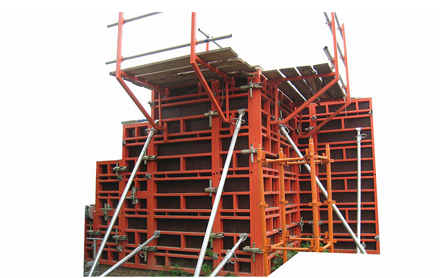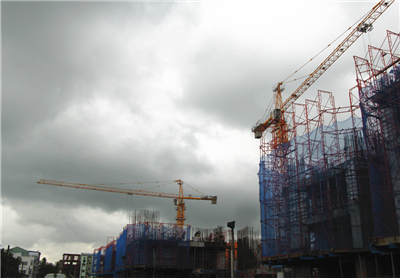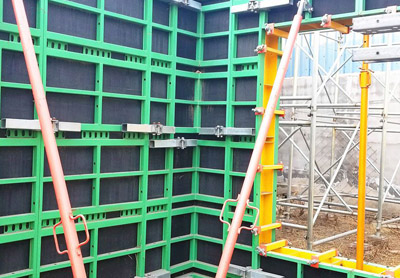Rammed earth formwork is the core tool for shaping wall structures, which directly affects construction efficiency, cost and finished product aesthetics. The following is a systematic comparison and selection guide for mainstream formwork types:
1. Classification by material
Plywood formwork
Advantages
Wide applicability: can be customized for straight walls/curved surfaces, smooth surface (finished walls do not require secondary treatment).
Economical: can be reused 3-5 times, and the cost per time is lower than that of steel formwork.
Note
Waterproof plywood (such as marine-grade) should be selected to avoid delamination and deformation.
Recommended thickness ≥18mm, edge reinforcement can extend life.
Wooden scaffolding board
Cost-effective solution: 35mm standard thickness has strong impact resistance, and second-hand boards can still do the job.
Applicable scenarios: First choice for temporary projects or limited budgets, but the surface texture may be transferred to the wall.
Steel formwork
Advantages: High ultimate pressure bearing capacity, suitable for ultra-thick walls (such as earthquake-resistant structures).
Limitations:
Heavy weight (mechanical lifting is required), and deformation cannot be repaired.
The surface needs to be treated with a release agent, otherwise it is easy to stick to the rammed earth.
2. Classification by construction method
Movable formwork (layer-by-layer construction)
Features
Stage-by-stage filling → compaction → disassembly → upward movement, a traditional global process (used in Morocco, Peru, etc.).
The horizontal joints are obvious, suitable for projects that pursue natural and rugged aesthetics.
Optimization tips:
Use wedges/threaded rods to quickly fix, and the weight of wooden components must be less than 40kg/person to carry.
Recommended combination: plywood panel + steel support frame (balance strength and portability).
Static formwork (slipform/system formwork)
Slipform construction
Core advantages: continuous pouring without joints, and the average daily progress can reach 1.5-2 meters (preferred for high-rise buildings).
Key points: The lifting speed and ramming frequency need to be controlled synchronously to avoid faults.
Prefabricated system formwork
Precision advantage: factory-prefabricated epoxy resin panels (±2mm error), suitable for standardized residences.
Higher cost: suitable for large projects to dilute rental costs.



